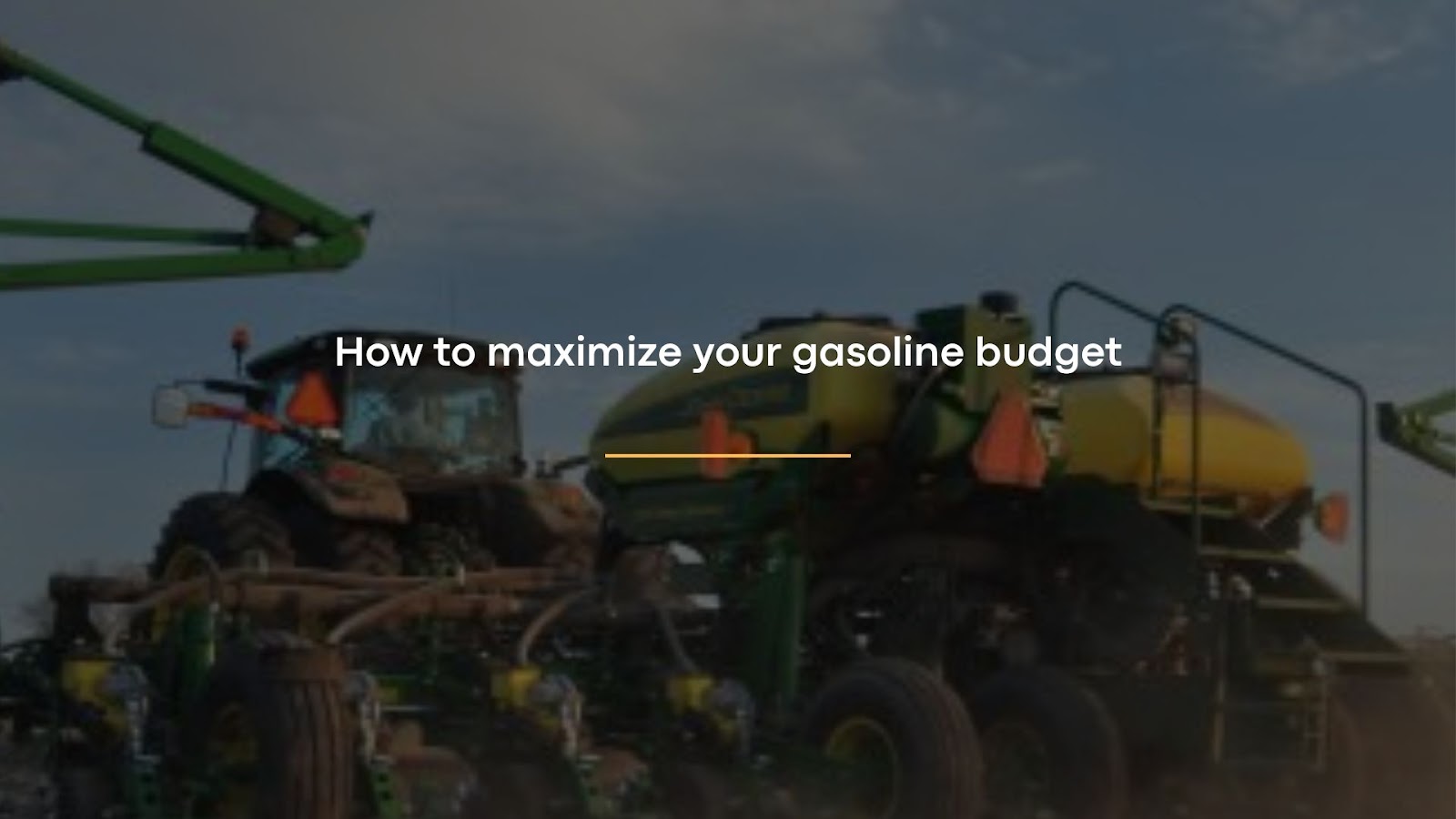Insurance Policy Coverage Extension Criteria - Importance Of Understanding Coverage Extension Criteria Understanding the coverage extension criteria is vital for various reasons. Firstly, it helps individuals to determine the scope of the coverage they are entitled to, which is essential in making informed decisions about insurance policies. Secondly, it enables policyholders to identify any gaps in their coverage, which may lead to financial losses in the event of unexpected events. Additionally, understanding coverage extension criteria is crucial for businesses to protect their assets and investments from potential risks. Companies must ensure that their policies cover the necessary aspects of their operations, including employees, equipment, and property. Lastly, comprehending coverage extension criteria is beneficial for mitigating risks and ensuring that policyholders are prepared for unfo...

|
| How to maximize your gasoline budget |
These days, the inputs you purchase are leaving your planter as your tractor's diesel churns. But, compared to other information, the gasoline you currently use can be used longer.
At seven ISU research and demonstration farms, Mark Hanna, an agricultural engineer with the Iowa State University (ISU) Extension, and other ISU researchers tested the efficiency of tractors. Here are some of the long- and short-term applications of the information they found.
Gear up and throttle down.
There is potential to reduce when a tractor is running at 2,200 rpm all the time, claims Hanna. When 100% drawbar power is not required, he advises gearing up and throttling to 1,600 to 1,800 rpm. This will reduce fuel consumption.
According to the ISU testing, a combination of low gear and high throttle increased fuel consumption over seven field operations by an average of 26%. Hanna advises gearing up and throttling down as an excellent way to reduce fuel costs.
Fuel economy
Think about tillage fuel prices.
Tillage has advantages. For instance, more than a foot of deep tillage can disperse compacted areas. Just be aware that it is expensive. For example, subsoiling activities can cost 2.3 to 2.7 gallons of fuel per acre at a depth of 14 to 16 inches.Hanna advises, "Be smart about why you are doing it; I'm not advocating to do no-tillage. Although no-tillers may or may not provide higher yields, tillage is expensive, so using less of it gives you a competitive advantage.
Depth of tillage
The more gasoline is consumed, the deeper you till. The ISU researchers correlated fuel consumption with tillage depth across several disking and field cultivator trips, and their findings supported that. Fuel use was reduced from 7% to 41% by field cultivation at 3 inches compared to 412 inches and disking at 4 inches compared to 6 inches.Travel velocity
ISU experiments showed that reducing tractor speed had a minimal advantage.
According to Hanna, there wasn't always an increase in gasoline consumption. Sometimes going faster, moving up a gear or two, and pulling the throttle back resulted in improved fuel economy.Tire pressure
According to a prior study, excessive fuel usage has been linked to overinflated tires. This method lessens tire lug contact in problematic or soft soil situations. In ISU tests, there was little difference between properly inflated and overinflated tires. Three of the five trials with correctly inflated tires showed reduced fuel use. However, the fuel savings in these instances where chisel plowing was investigated were just 1% to 2%.
Singles versus duals
Duals often support the weight of the axle or increase stability or buoyancy. They also use less gasoline, which is an added benefit. In the ISU experiments, removing the second tire increased fuel consumption by 4% during planting and 12% during field cultivation.Rear-wheel drive
Front-wheel drive is used to assist the front wheels in pulling the load. Moreover, it saves fuel. The ISU researchers examined fuel consumption with and without mechanical front-wheel drive activated throughout four field operations. Fuel consumption increased from 5% to 31% when the front axle was not powered.
Another justification for using the front-wheel drive, according to Hanna.